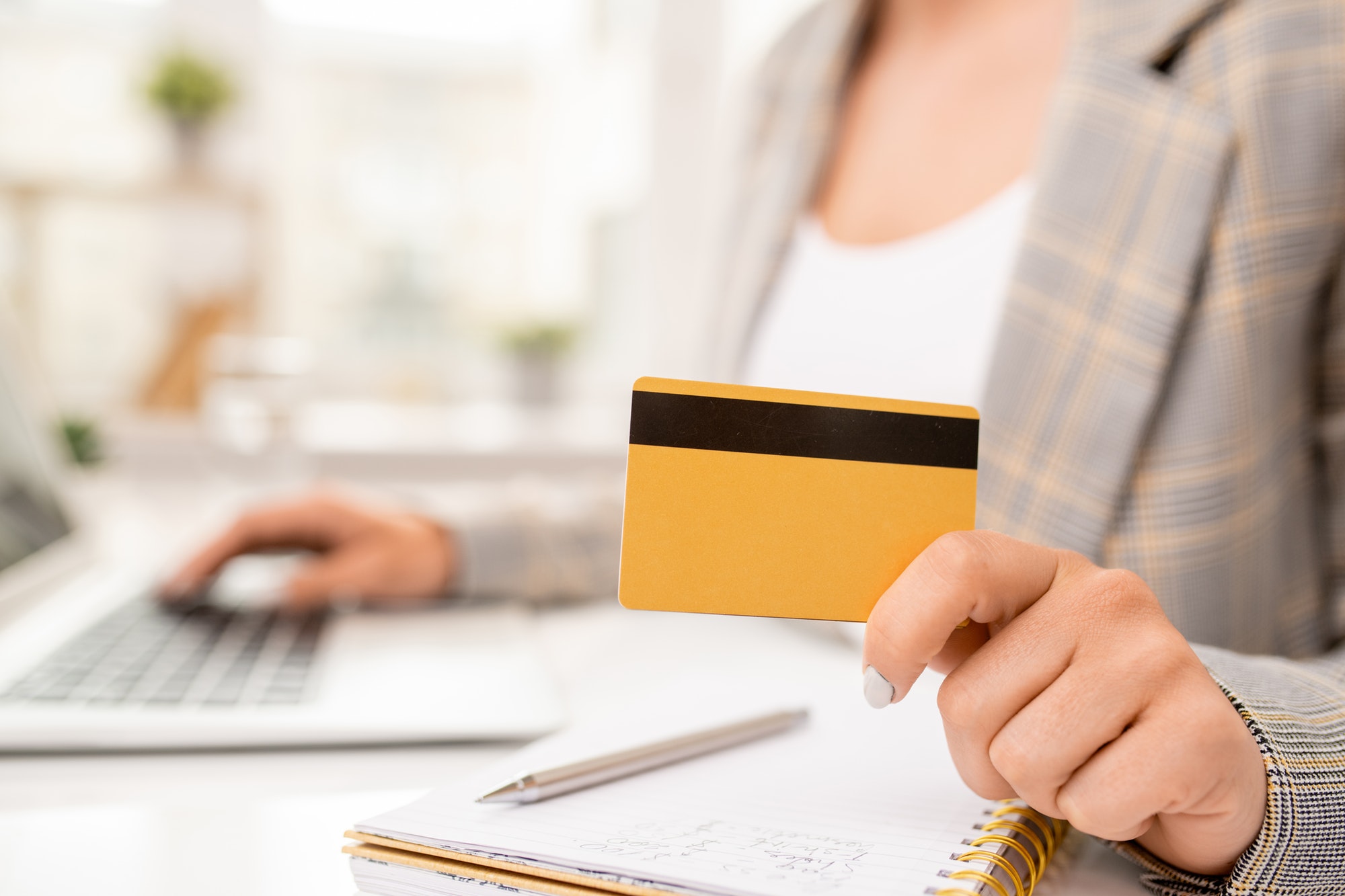You’ve got to go in circles if you want to go places with credit.
Using credit is a snap. You buy a jacket or pay for dinner by simply handing over a credit card and signing a receipt. And then you don’t have to pay the bill for several weeks, and you may be able to spread your payment over months—or even years.
But you want to be sure the way you’re using credit is better for you than it is for the credit provider.
WHO’S WHO?
Buying on credit is a process that involves three parties: you, the seller you’re buying goods or services from, and your creditor, the bank or other institution that puts up the money to make your purchase possible. When you sign a credit agreement—or sometimes simply provide your credit card number—you agree that the creditor will pay the bill for your purchase, and you’ll pay back the money.
The merchant you buy from also pays the creditor a fee, usually a percentage of the purchase price. Part of the cost of doing business is making it easy for people to buy—and that’s what credit does.
WHAT’S WHAT?
When you get a credit card, you’re arranging to use what’s known as revolving credit. That means you have repeated access to a limited supply of money, known as your credit limit. As you charge purchases, you use up part of that credit limit. But as soon as you repay any part of what you’ve used, you’re free to use the amount again without having to reapply.
For example, if your credit limit on your credit card is $1,000, and you charge $400, you’ve still got $600 to use. And if you repay the $400 at the end of the month without charging additional purchases, your credit limit is back up to $1,000 again.
BORROWER BEWARE
If your credit card bill invites you to skip a month’s payment without penalty, the lender isn’t doing you a favor. If you take the offer, you probably won’t owe a late fee, but you will owe finance charges on your unpaid balance. And any purchases you make after the due date you skipped will probably accumulate interest from the day you make them.
THE PRINCIPAL IDEAS
In return for using borrowed money, called the principal, for longer than a few weeks—or from the time you spend the money until payment is due—you agree to pay the creditor a finance charge. For credit cards, this really means the interest that accumulates on any unpaid balance, calculated as a percentage of the amount you owe. Other charges, like annual fees for the use of the card, or fees for paying late or exceeding your limit, are extra.
In most cases when you’re considering a credit agreement, you won’t be able to negotiate better terms with a creditor than whatever the standard offer is at the time. But that doesn’t mean you can’t find a good deal. Whenever you’re in the market for credit, doing some serious comparison shopping may help you find a lower interest rate, smaller fees, or some other way to save money.
VARIATIONS ON THE THEME
A line of credit is another type of revolving credit. Banks and other credit providers sometimes offer customers a line of credit to make it convenient for them to borrow larger amounts than they might be able to put on a credit card.
Often, when you have a line of credit, you get a pack of special checks that look just like regular checks. In fact, you use them the same way as conventional checks, and can write them for amounts up to the credit limit your lender sets. The difference is that you’ll get a bill, including finance charges, for spending the money. But when you repay, you can use the amount again. You might also have a line of credit that gives you overdraft privileges on your checking account. If you do, your bank will cover checks you write, up to your credit limit, if you don’t have enough money in your account to cover the amount of the check. You pay interest on amounts transferred from your line of credit, but you can use the line over and over if you need it.
CASH ADVANCES
As useful as credit cards can be, there are times when you need cash. If you don’t have the money you need in your bank account, most credit cards allow you to get cash advances at ATMs. The only thing you have to do ahead of time is arrange for a personal identification number (PIN), just as you do with an ATM card.
With most cash advance arrangements, you start owing interest from the moment you get the cash. And that interest will be charged at a higher rate—probably much higher—than you pay on your regular card purchases.




